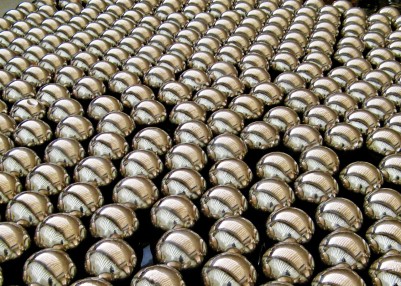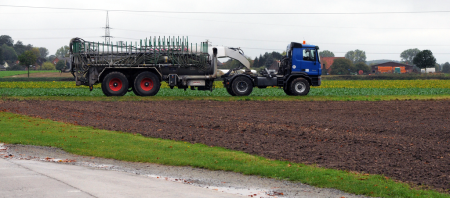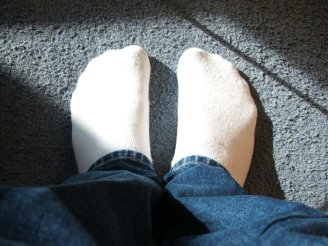Silver nanoparticles can be found in socks and sports clothing because of their ability to kill bacteria and inhibit unwanted odors. Their antibacterial properties are exploited in a number of other products on the market, including cutting boards, computer keyboards, personal care products…and the list goes on. The multitude of uses explains why nanoparticles made of silver are among the most common nanoparticles found in commerce today.

This is all fantastic, right? Well, yes, but there is a catch. Many scientists worry about potential negative effects these nanoparticles could have upon release into the environment. At the heart of this issue is the fact that silver nanoparticles slowly dissolve in water, releasing silver ions. Silver ions are among the most toxic heavy metal ions known, and small aquatic invertebrates that make up the base of many food chains have been shown to be most at risk to silver ions’ effects. In fact, the US Environmental Protection Agency has placed a limit of 3.4 parts per billion for silver levels in fresh water—that means that in a giant Olympic-sized swimming pool (~660,000 gallons), the maximum allowable silver would only weigh as much as three and a half pennies.
So, your silver nanoparticle-laden sock smells great, but every time you put it through the wash it releases silver ions and silver nanoparticles. Imagine if every sock was produced with silver nanoparticles—this would result in a tremendous increase of silver flowing down the drain. What happens after that? Well lots of the silver will enter a wastewater treatment plant. From there, around 5% of the silver would come right out the other end, while most of it would end up being “filtered out” with the semi-solid sewage sludge. In the US, sewage sludge is either put in a landfill or applied to a field as fertilizer.

So what should you think of all this? Well, that’s up to you. There is still a lot of research that needs to be done before we can figure out exactly how much silver we humans can release into the environment without doing significant damage. There is also a lot of research still going on into other potential applications for these useful little particles. What people want to do with all this information is more of a political question than a scientific question. I’m a cautious person, so I say “heck yeah!” to uses that have high positive impacts and low chances of significant environmental exposure such as medical devices like gauze and needles that reduce chances of infection. When it comes to my socks though, I was doing just fine with the regular kind.

References and Further Reading
A database of silver nanotechnology in Commercial Products
Bioaccumulation and toxicity of silver compounds: A review (subscription required)
Nanoparticle Silver Released into Water from Commercially Available Sock Fabrics (subscription required)
Removal, partitioning, and fate of silver and other metals in wastewater treatment plants and effluent-receiving streams (subscription required)
Discovery and Characterization of Silver Sulfide Nanoparticles in Final Sewage Sludge Products (subscription required)
